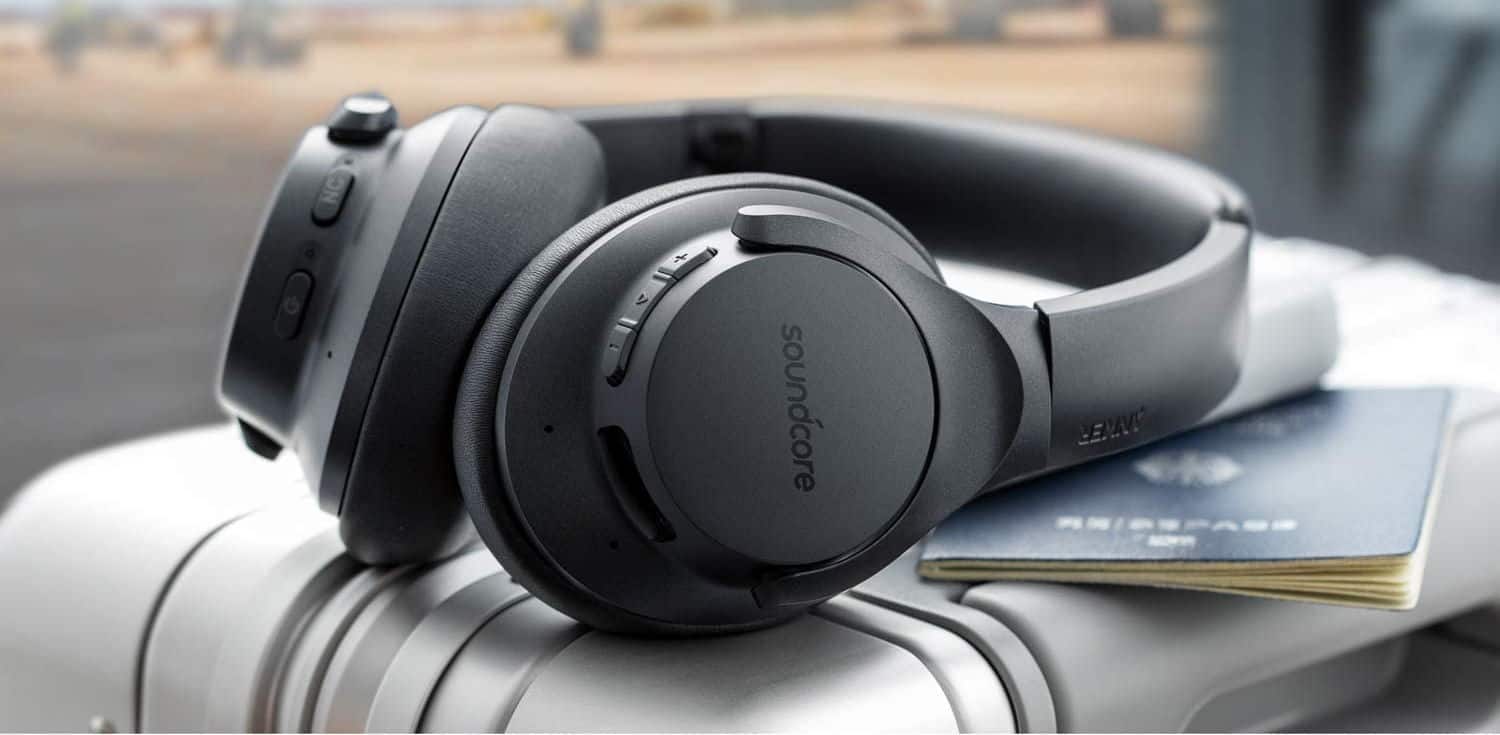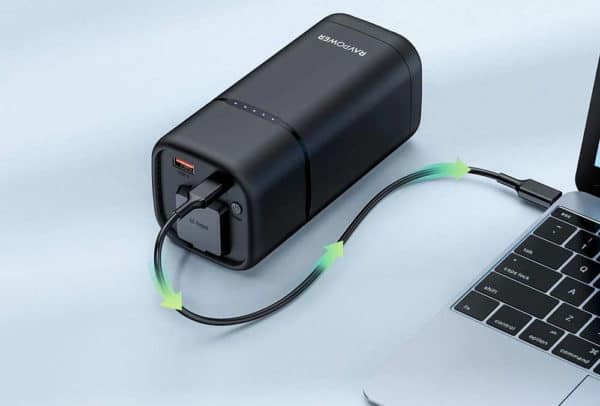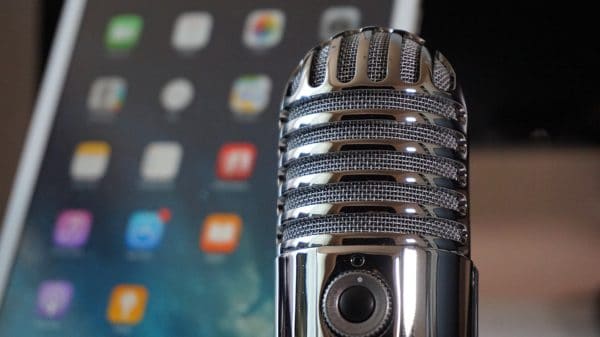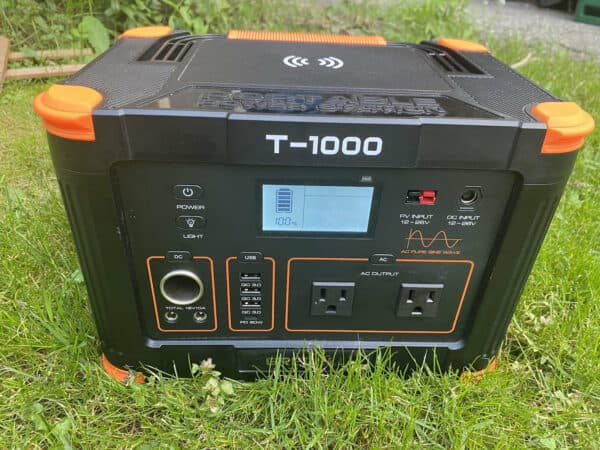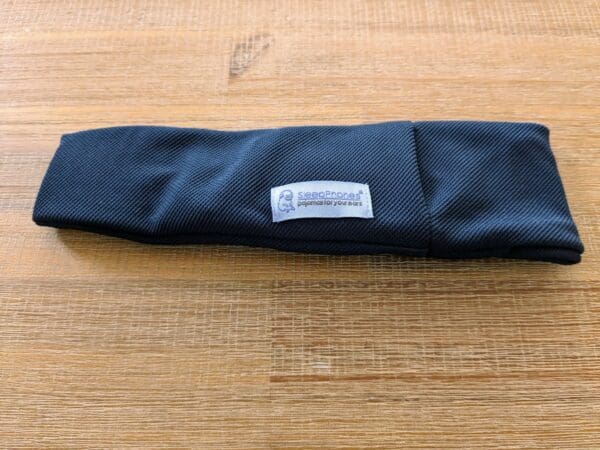Our Anker Soundcore Life Q20 Noise-Cancelling Headphones Review
We may earn a commission from purchases you make after clicking links on this site. Learn more.If you want some free advice for working from home this pandemic winter, here’s mine: get a pair of noise cancelling headphones. They’re cheaper than a divorce and easier than killing your neighbors. They’re also less trouble, all things considered.
The Soundcore Life Q20 are Anker’s entry-level Bluetooth noise-cancelling headphones, and are priced well below similar products from the competition. Sony’s WH-CH710N tends to cost at least $20 more, while equivalent models from Beats by Dre, Sennheiser, and Bose are more expensive again.
Bear the price in mind in this review of the Soundcore Life Q20. They are by some distance the cheapest Bluetooth noise cancelling headphones you’ll find on the market, at least from a reputable company.
Testing Approach
My test of the headphones involved wearing them day-in, day-out for three months (I meant to write the review sooner, but didn’t get around to it). I listened to everything from the solo piano of Glenn Gould’s five-volume Bach to music with strong bass lines such as Bruce Springsteen, and everything in between.
Sound

The strength of the headphones is the quality of sound they offer for the price. For solo piano, which can be a real test for headphones, they brought out its intimacy better than I would’ve expected.
If you’re listening to solo piano on entry-level Bluetooth headphones at home, you are likely to accept a certain level of loss. I didn’t experience any frustration at all. If anything, I heard a little too much of Gould’s humming.
When it came to pop music, the headphones handled the range well. Again, I had no complaints. The deeper percussion hit as it should, while the vocals and guitar – and saxophone – were powerful enough.
This is where higher-end headphones will deliver a wider soundstage, making it feel like you’re really there with The Boss and Steven Van Zandt pre-Sopranos. That said, I think you’re very unlikely to get a better listening experience for the money.
There’s a bass booster option, too, which had the effect of making the sound much worse. What was relatively crisp beforehand was now muddy and dull. The feeling of intimacy faded. It is a setting that means you no longer have to merely imagine what it would be like to use an inferior pair of headphones, you can now experience it too.
While I do admire the ambition of the Anker engineers to build in an option that makes their product worse, I wouldn’t recommend it to others. I didn’t use the bass booster again.
The noise cancellation works well enough. For many, this will be the deal breaker. During the pandemic, many of us have wanted to drown out the sound of a roommate or partner taking a call.
When people have tried to get my attention, they’ve had to lift my headphones off my head. That’s even when listening to music that uses less of the range, such as solo piano.
I’m not saying the noise cancellation is perfect. A higher-end pair of headphones will provide both more accurate and more effective noise cancellation. However, for my purposes, it did the job.
Comfort
The headphones are relatively light, weighing in at around 260g (9.2oz) or around the weight of a standard block of butter in the UK.
The headband is thick enough to be comfortable, and even after long periods of wearing them, I didn’t get the discomfort or headache I’ve had from other headphones. The memory foam earcups are comfortable enough.
The only slight issue is that the headphones slightly pinched the temples (sometimes called “arms”) of my glasses. That said, this was no more the case than for any pair of headphones I’ve ever worn.
Design
Control buttons sit on both earcups. A slider on the right earcup handles volume and track (and that wildly-exciting BassUp setting), while buttons on the left earcup control power and noise cancellation. The slider/button placement and design are intuitive, and everything works as expected.
The structure of the headphones seems durable enough to me. There are no obvious weak points where repeated use could cause them to break over time.
The folding earcups are a standard feature. While you will struggle to fold them tightly, doing so at least makes the headphones slightly less unwieldly for putting away or storing in a bag. If size is an issue, though, you’ll probably be more interested in earbuds.
Bluetooth
The headphones come with Bluetooth 5, which means better sound and greater range than previous generations. If you’ve been disappointed by earlier Bluetooth headphones, you’ll find the tradeoffs between convenience and quality are much less obvious now. Pairing was seamless with each of my devices.
I found that the range extended through walls and beyond 10m (33ft.) Bluetooth headphones are not like Bluetooth speakers, and it’s unlikely you’ll be very far from your device when you’re wearing them. I found that the range was better than I’ll ever have the use for.
Microphone
My main complaint about the headphones is that the microphone quality they provide over Bluetooth just isn’t good enough to use them for calls.
On Windows 10, to use the headphones as a headset you have to change the audio device setting to “headset.” The first thing you’ll notice when you do so is the significant drop in sound quality. The audio is no better than my (terrible) laptop speakers.
The bigger issue is that the microphone is so bad as to be unusable. I’m guessing this is partly a consequence of the limitations of Bluetooth, and partly a consequence of trying to bring the price down as far as possible. Anker was probably forced to choose between microphone and sound quality, and it went with the latter.
If you are planning to use these headphones as an all-in-one unit, switching between music and work calls, my recommendation is that you look elsewhere. These headphones won’t do the job and you (and whoever you’re talking to) will be disappointed. You’ve been warned.
Battery
Anker advertises that the headphones come with a 40h battery life. I don’t think my headphones ever reached that upper limit, but they lasted long enough for me to only recharge them once a week, or less.
They’ll definitely last long enough for any working day, weekend trip, or long haul flight (remember those?) for you not to have to worry about packing the micro-USB charger.
Get regular updates from the world of travel tech and remote work
News, reviews, recommendations and more, from here and around the web
Conclusion
The Anker Soundcore Life Q20 are a very competitively priced pair of headphones, which perform either adequately or well in every facet except for use as a headset.
The sound and noise cancellation are good enough to filter out annoying background noise, and they’re sufficiently comfortable for you to get through a working day without getting a headache (especially if you don’t wear glasses).
In reality, for most of those buying the Anker Soundcore Life Q20 this will be their first foray into Bluetooth noise cancelling headphones. For these users, this is a great buy, especially for the price. Recommended.
Buy on AmazonMain image via Anker, product image via Amazon

